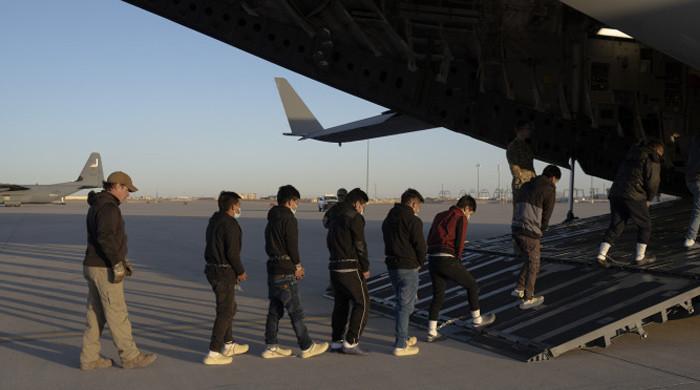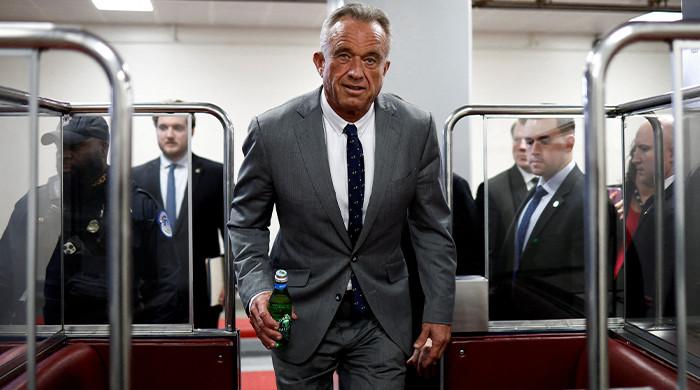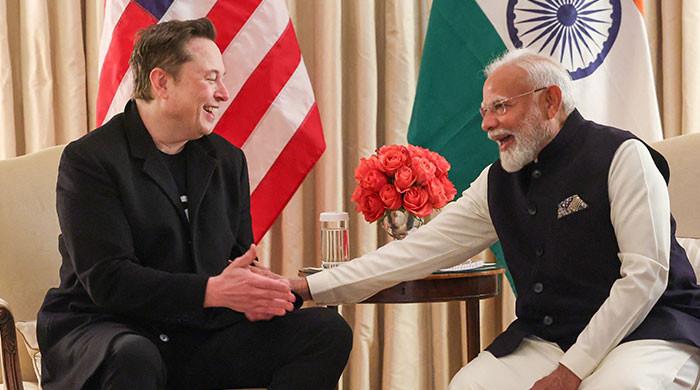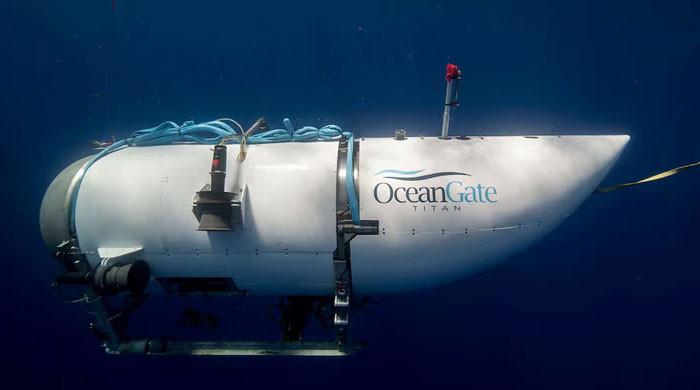Explainer: How will Canada's next prime minister be chosen?
Under Canada's fixed election law next national vote must be held by October 20
February 14, 2025

Canada's ruling Liberal Party is choosing a new leader to replace Prime Minister Justin Trudeau, who said in January he was stepping down after growing dissatisfaction over his performance. The result is due to be announced on March 9.
Why does there need to be a race?
Unlike in Australia and Britain, where prime ministers are chosen by legislators and can be removed very quickly, the heads of political parties in Canada are chosen by members in special contests. Trudeau's resignation automatically triggered a leadership race. The new head of the Liberal Party will become the new prime minister.
Who are the main contenders?
Polls suggest ex-central bank governor Mark Carney has a commanding lead over former finance minister Chrystia Freeland, whose resignation last December triggered the crisis that led to Trudeau stepping down. Former cabinet minister Karina Gould is also running but her chances are minimal.
Who can vote?
People who have registered as Liberals can vote. There is no fee to becoming a party member. Canadians and permanent residents are eligible for membership. The party said on January 30 that around 400,000 people had signed up to vote. Canada has a population of around 41 million.
How will the result be calculated?
The contest will be a ranked ballot of voters in each of the 343 parliamentary constituencies, also known as ridings. Each riding is allocated 100 points. These are distributed based on the ratio of votes won by a contestant in each riding.
The system means that a candidate must have broad backing across the country, rather than just amassing the largest number of supporters.
Voters in each riding rank the candidates in order of preference. So if Candidate A won 60% of the votes in a riding and Candidate B won 40%, they would earn 60 and 40 points respectively. The process is repeated in all 343 ridings and then the national count takes place.
If no contestant gets more than 50% of the overall points on the first count, the leadership contestant who received the least points is eliminated.
This is where the ranked ballots play a key role. The Liberal Party will redistribute the ballots of the eliminated contestant to the other contenders based on who voters in each riding chose as their second option. This process continues until someone takes more than 50% of the points.
How will the result be announced?
The Liberals say they will unveil the result at a gathering in Ottawa on March 9, but have given no more details.
When will a national election be held?
Under Canada's fixed election law the next national vote must be held by October 20 but could take place much sooner. The new Prime Minister could call an election any time after March 9. An election could also be triggered in late March, when a vote of no confidence in the government is expected in Parliament. If all the opposition parties vote against the Liberals, the government will fall.
The official opposition Conservatives led by Pierre Poilievre are still ahead in most polls, although the gap with the Liberals has narrowed since Trudeau announced his resignation and US President Donald Trump threatened tariffs on all imports from Canada.











